While it is hard not to see that the Italian Model 1928 helmet was at least highly “influenced” by the British Wolseley helmet, the Italian military also seemed taken by the Anglo-Indian Cawnpore helmet. This particular topee, which is noted for its quilted pattern, was first a popular as a civilian helmet, but soon found its way to the military as a “private purchase” item.
Originally dubbed the Cawnpore Tent Club hat, it was popularized by the Prince of Wales’ visit to India 1875-76. From the First World War to the 1930s the helmet was chosen by fashion thinking British Officers, but in 1938 the Commander-in-Chief India dictated that the Cawnpore Tent Club helmet – along with the Wolseley – were to be phased out in favor of the Khaki Solar Pith Hat (See: Hat, Pith, Khaki, Solar).
However, the Cawnpore did see much use in World War II, but actually as an Italian helmet. The Kingdom of Italy, which was a late comer to the age of colonization had long looked to the British for helmets and other equipment. As Italy’s East African colonies in Somalia and Eritrea were close to the British colonies in British East Africa (today Kenya), Aden and British Somalia this is fact is not surprising.
The Cawnpore was very popular with the Italians, who likely first purchased Anglo-Indian made ones in Aden – which thereafter gave it a new moniker.
It is believed that Italian officers, who typically purchased tailored versions of their uniforms looked to set themselves apart from the enlisted men, who wore the M28 cork sun helmet. No officer’s version was ever produced, and instead most Italian officers – those with the money to spend – purchased an Aden helmet.
Where it gets confusing in regards to the 1928 Giornale Militare Ufficiale, where there are two helmets described: one white and one khaki. The former was for officers and the latter for troops, whilst the khaki one was referred to as an “Aden” type. However, in the 1929 version of the dress regulations, it lists, “helmet, khaki, Aden-type” and it differs from the aforementioned khaki helmet.
However, this “Aden” one is reported to be quilted and the chin strap passes through the helmet and goes over the crown, which does indeed sound like a Cawnpore.
So how did the Italians get these helmets? Like any tourist they bought them during their travels. Port Said was the gateway for many of Europe’s troops and Italy was no exception. Many officers visited the haberdashers there and privately purchased helmets. Even though many of these helmets have Italian labels, they came from British hat makers. Additionally, before WWII, Italians came through British Egypt, where British-made sun helmets were ubiquitous.
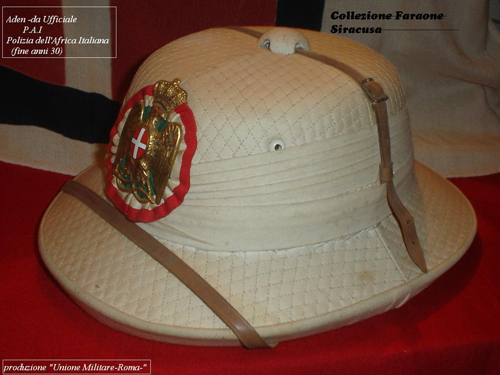
The “White” “Aden” Pattern helmet? This example features the insignia of the Polizia Africa Italiana, which existed from 1936 until 1945. (Collection of Enzo Faraone)
Advanced Italian helmet collector Enzo Faraone also noted that in addition to buying Aden helmets, the Italians may have produced their own:
The Aden pattern(Cawnpore) was the most sought-after by the headgear colonial officers (especially the rank of major and up) since the Italo-Turkish War 1911-12 up to all of the Second World War.
There are dozens of Italian companies that produced Aden for the officers of the Royal Italian Army, Italian Aden these are obviously the most desirable and sought after by our collectors.
And it became clear that Italian officers wore Aden British war booty, but equally true that the majority of them wore Aden-produced privately purchased.
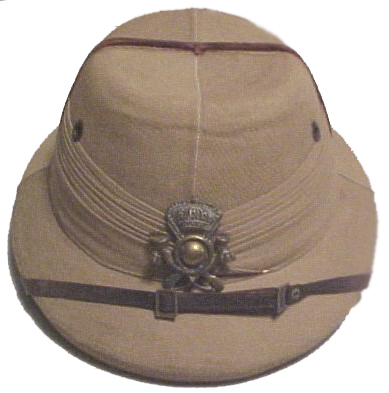
An Italian “Indian” pattern helmet – a British “Bombay Bowler” that was either captured or was a private purchase (Private collection)
In the Osprey Publishing Men-at-Arms series titleThe Italian Army 1940-45 (2): Africa 1940-43, author Philip S. Jowett wrote: “Officers’ tropical helmets came in three basic types, the first being of the same pattern as the other ranks’ but probably of superior manufacture; the other two models were privately purchased. The so-called ‘India” pattern was a more compact type of solar topee as often seen worn by British colonial officials in India, and was mainly worn during the early states of the war in North and East Africa. That known as the ‘Aden’ pattern was a pith helmet with a much thicker brim; its flatter crown had a metal ventilator at the apex. ‘Aden’ helmets came in various shades and were seen in light brown, light khaki and an off-white colour.”
Peter Suciu

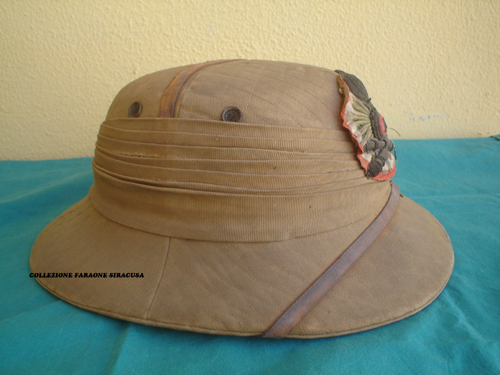
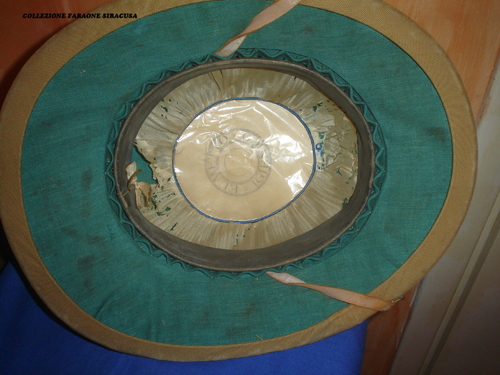
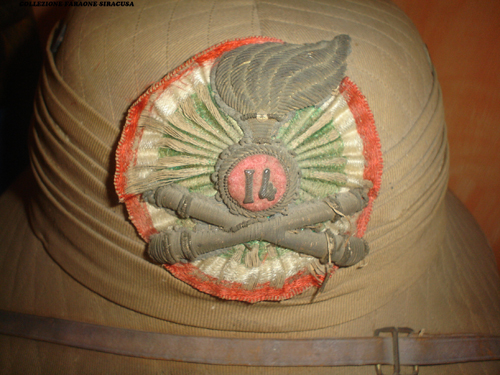
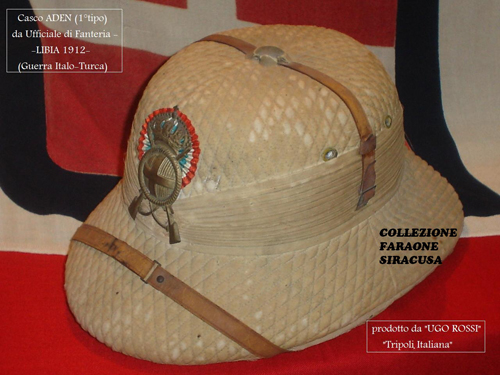
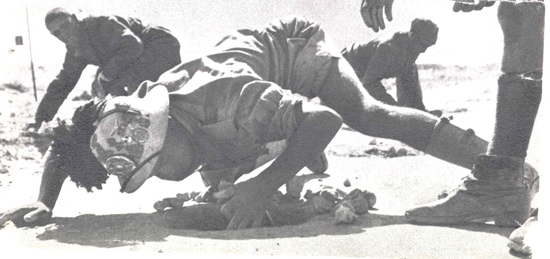
Hi! i want to congratulate Peter for the excellent topic dedicated to the Aden pattern that is among my favorites. Kindly, Peter has exhibited some of my pieces in my collection so comprehensively explaining the origins and history of “geopolitics” of this interesting pith helmet.
Let me just add two considerations:
It ‘found that the Italians used the aden p.h in Libya for the first time around 1912-13 (Italo-Turkish War 1911-12) have some old photos on explanatory. It ‘also true that the first Italian officers stationed in Libya were from the colony of Eritrea (Italian East Africa), so I’m guessing (and I agree with other Italian collectors) that by the end of 1800 this model was adopted by Italian military (en route from Aden and Port Said).
The other thing I wanted point out on the existence of Aden pattern distributed by military department and therefore not purchased privately, the helmet aden artillery exposed by Peter nor is proof that despite being a very unusual piece.
Enzo F.
Ho bisogno un contatto con il signor faraone questo e’ il mio cell 3334647563. Attendo sue notizie. Grazie.